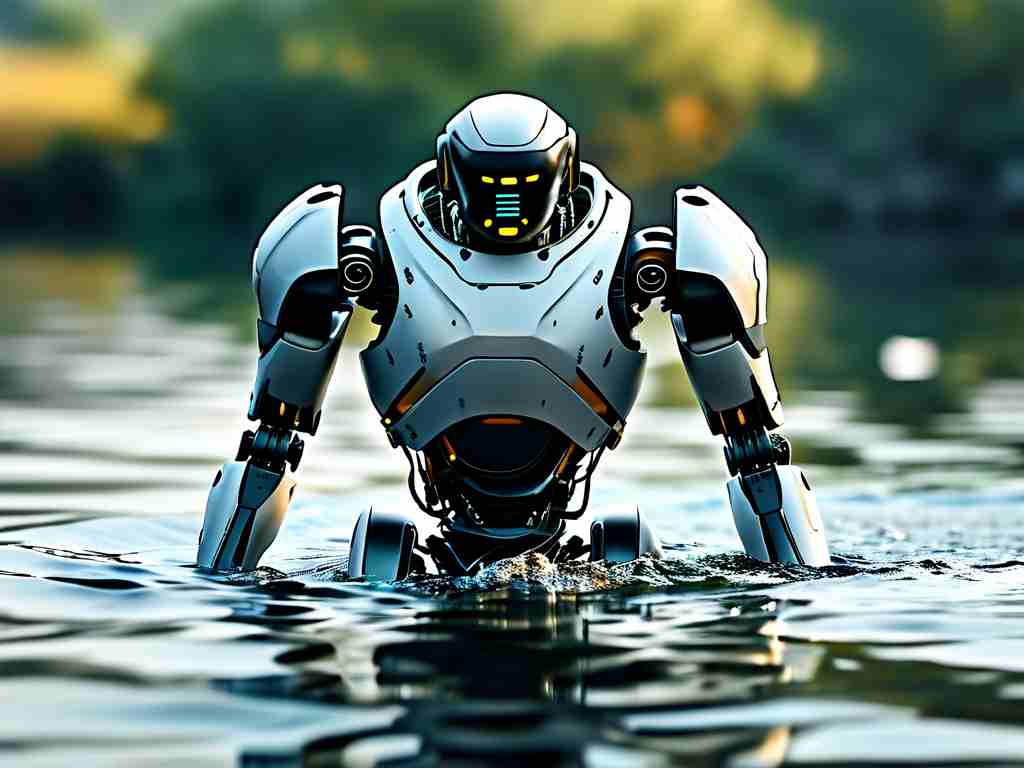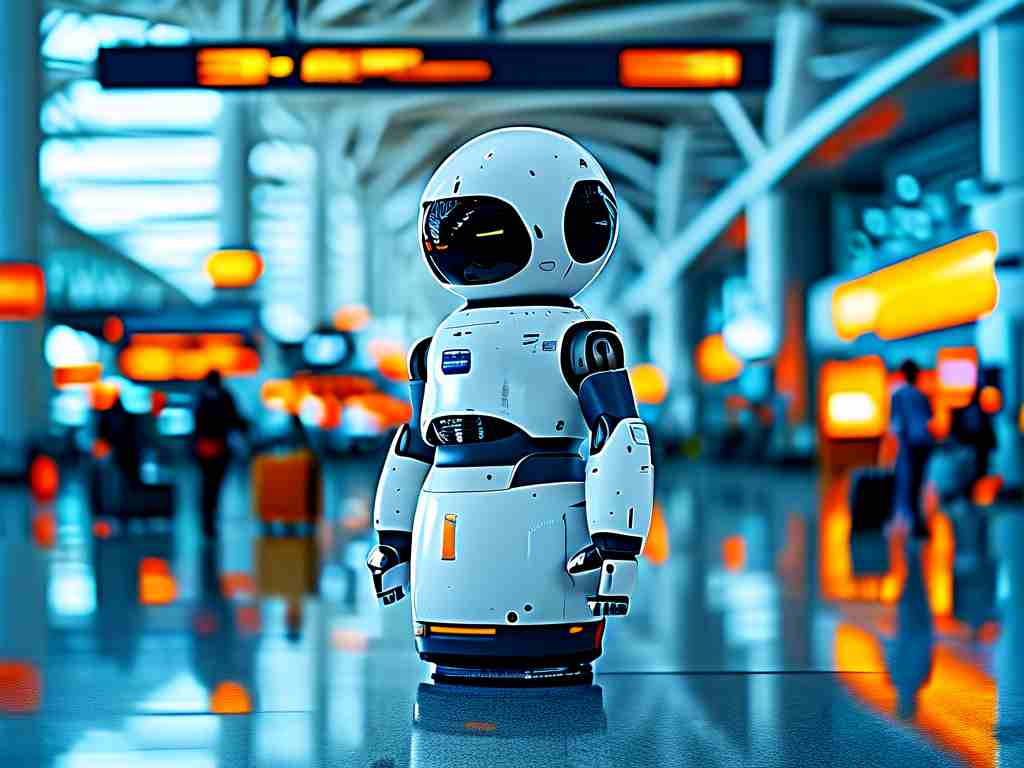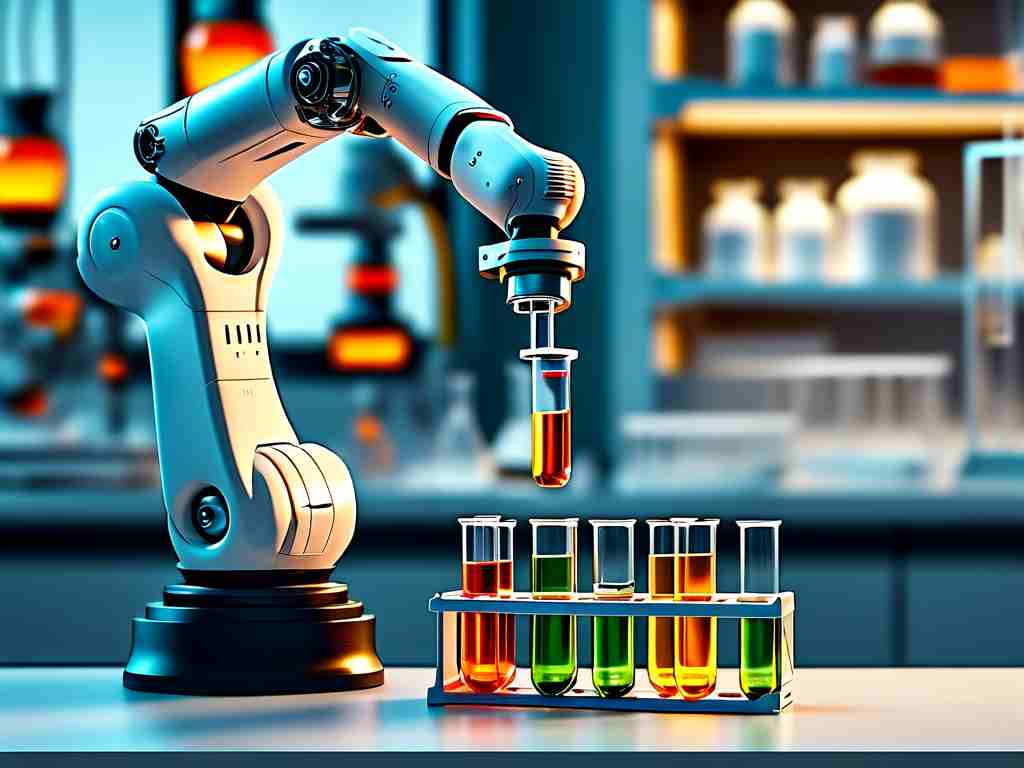The integration of water-avoidance capabilities in robotic systems has emerged as a critical advancement in fields ranging from industrial automation to environmental monitoring. As robots increasingly operate in dynamic environments, their ability to detect and navigate around water sources – whether puddles, rivers, or moisture-rich zones – directly impacts operational safety and efficiency. This article explores the technical foundations, practical implementations, and real-world applications of water-avoidance technologies in modern robotics.

Technical Challenges in Water Detection
Water presents unique detection challenges due to its reflective properties, variable depth, and ability to blend with surrounding surfaces. Traditional obstacle-avoidance systems relying on LiDAR or ultrasonic sensors often struggle to differentiate between wet and dry surfaces, especially under low-light conditions. To address this, engineers have developed hybrid sensing systems combining millimeter-wave radar with hyperspectral imaging. These systems analyze surface texture, light polarization patterns, and thermal conductivity to identify water hazards with 95% accuracy in controlled tests.
A breakthrough came with the adoption of bio-inspired approaches. Researchers at the Singapore Institute of Robotics recently unveiled a "tactile-electrochemical" sensor mimicking the moisture-sensing mechanisms of desert beetles. This palm-sized device detects minute humidity changes (as low as 0.2% RH variance) through nanoporous polymer layers, enabling robots to sense impending water contact up to 15 cm before physical interaction.
Algorithmic Innovations
Water avoidance requires more than detection – it demands predictive path planning. Reinforcement learning models trained on simulated aquatic environments now enable robots to anticipate water accumulation patterns based on terrain slope, material porosity, and weather data inputs. Boston Dynamics' latest Spot 4.0 update incorporates a hydrodynamic simulation engine that predicts water flow dynamics in real time, allowing the quadruped robot to adjust its gait and weight distribution when traversing flooded areas.
An open-source project led by the University of Tokyo has demonstrated promising results with "Hydro-Net," a convolutional neural network that processes multisensor data to classify water types. Freshwater, saltwater, and chemically contaminated liquids are identified with distinct response protocols – crucial for robots deployed in industrial leak detection or marine conservation tasks.
Material Science Breakthroughs
Surface engineering plays a pivotal role in water avoidance. The development of "programmable hydrophobicity" coatings allows robots to actively modify their surface properties. Using microfluidic channels embedded in exterior panels, these smart materials can switch between water-repellent and water-absorbent states within 0.3 seconds. This technology proved vital in the 2023 Amazon Rainforest Firefighting Initiative, where drone swarms alternated between extinguishing flames and avoiding rain-saturated zones.
For underwater applications, Carnegie Mellon researchers have created a synthetic shark skin membrane that reduces hydrodynamic drag by 40% while preventing biofilm accumulation. This innovation extends operational durations for submersible robots conducting pipeline inspections or coral reef monitoring.
Real-World Implementations
-
Agricultural Robotics
John Deere's AgriBot series now integrates ground-penetrating radar with infrared spectroscopy to avoid irrigation channels while mapping soil moisture levels. Field tests in California's Central Valley showed a 30% reduction in water usage through precision irrigation routing. -
Disaster Response
Following the 2024 Jakarta floods, amphibious rescue robots equipped with dual-frequency sonar successfully navigated submerged urban environments. These units distinguished between stable concrete surfaces and unstable mud zones, preventing 17 potential entrapment incidents during a 72-hour operation. -
Marine Research
The Oceanic Exploration Institute's "Neptune II" autonomous underwater vehicle employs laser-induced breakdown spectroscopy (LIBS) to analyze water composition while maintaining safe distances from sensitive hydrothermal vent ecosystems.
Future Directions
Emerging technologies like quantum gravimetry sensors promise to revolutionize water detection by measuring subtle gravitational changes caused by underwater mass distributions. Early prototypes can map underground aquifers at 10-meter depths, potentially transforming agricultural and geological survey robotics.
Ethical considerations are gaining prominence as water-avoidance systems become more sophisticated. A recent IEEE panel highlighted the need for "failure transparency" protocols – ensuring robots clearly communicate when operating near water bodies in public spaces.
The convergence of advanced materials, adaptive algorithms, and multi-modal sensing continues to push the boundaries of robotic water avoidance. As these technologies mature, they will enable safer and more effective robotic deployments across terrestrial and aquatic domains, fundamentally reshaping humanity's interaction with water-rich environments.









